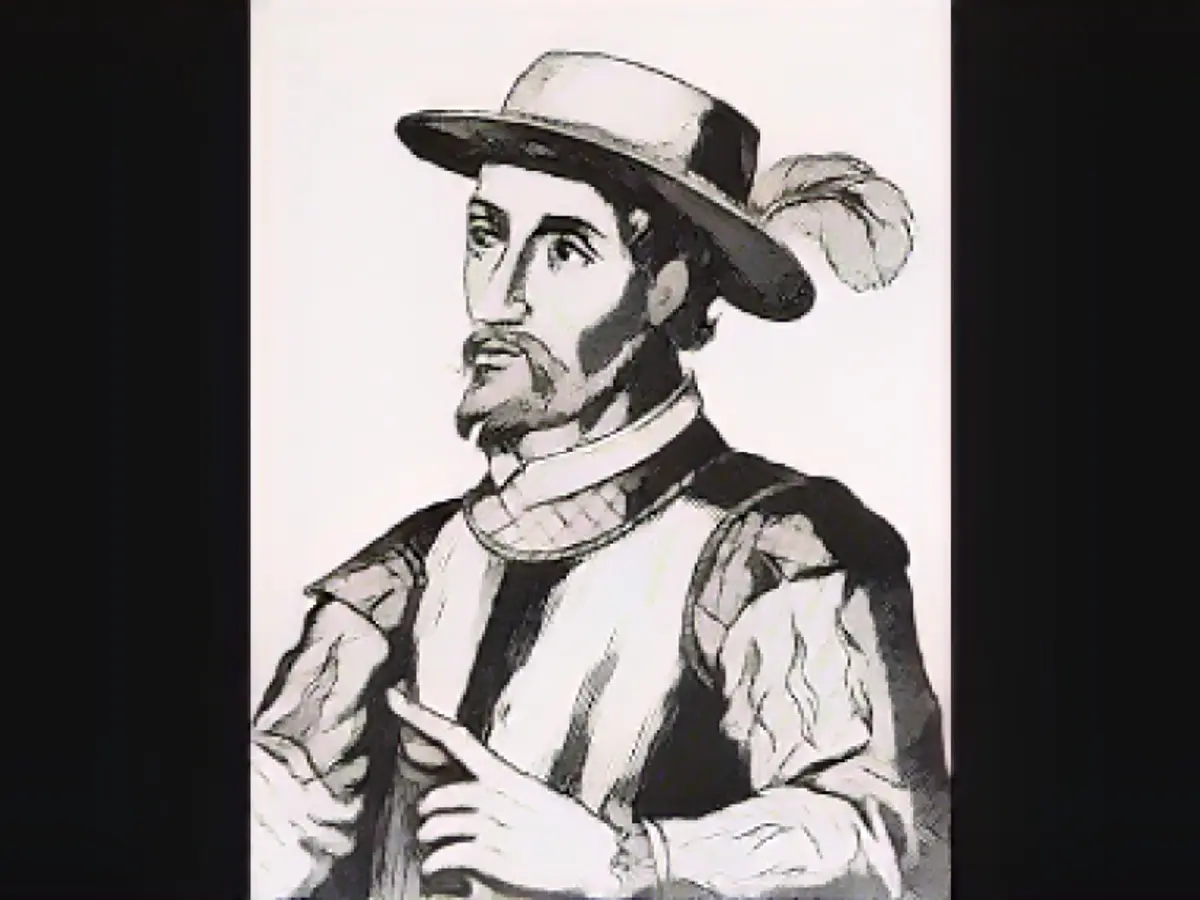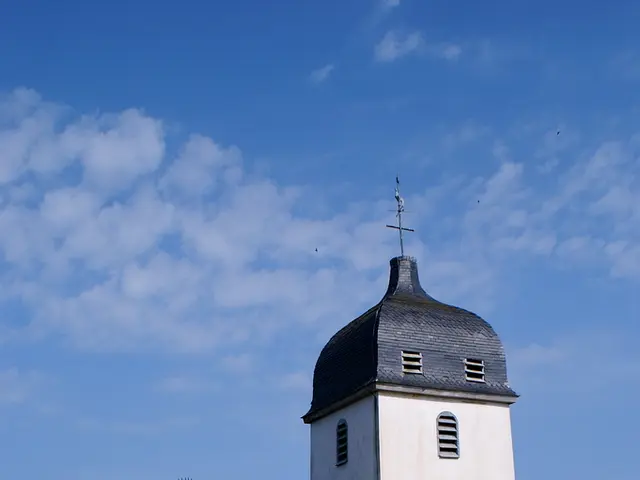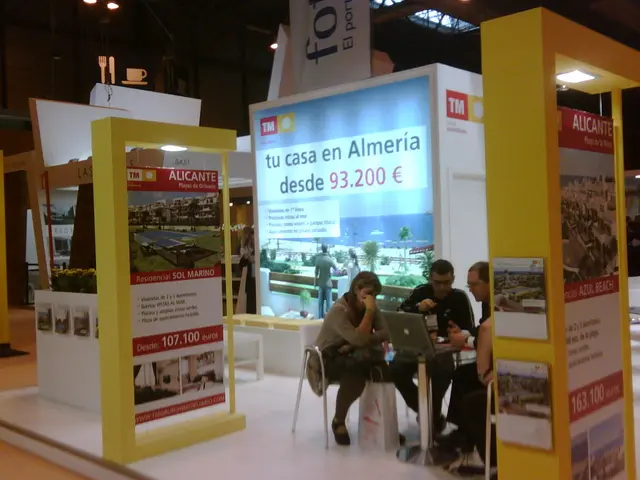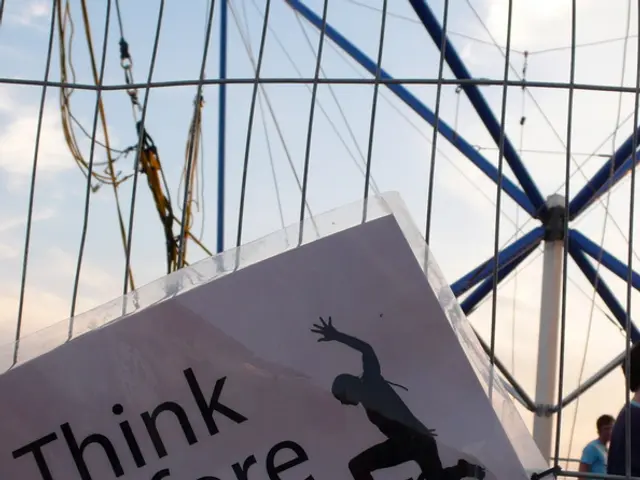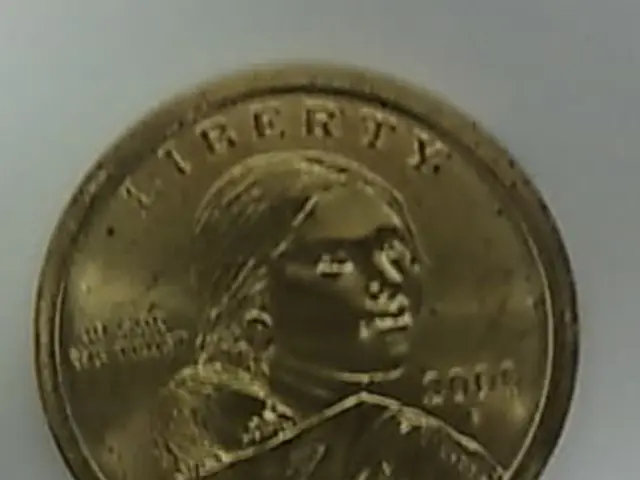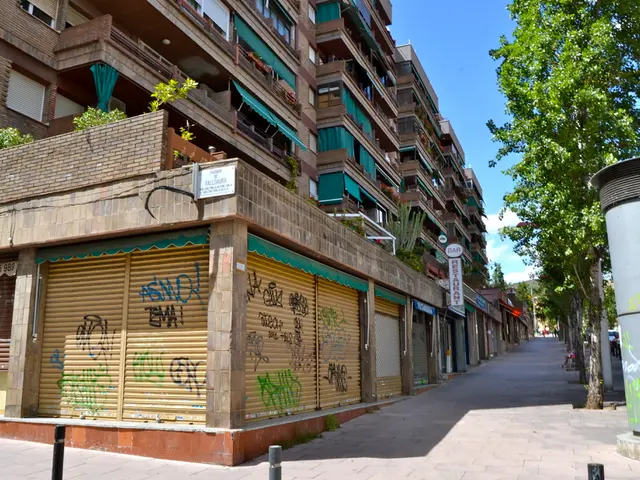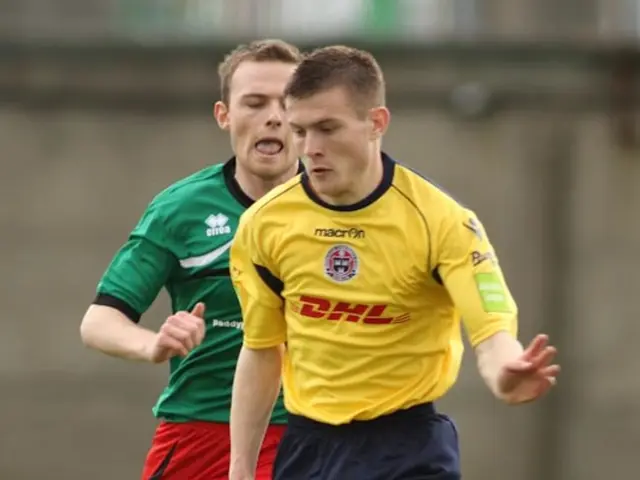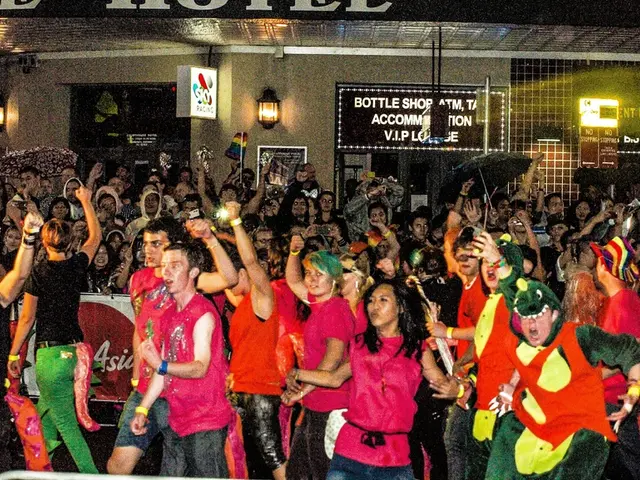Puerto Rico at a Glance
Puerto Rico Overview
Size: 9,104 square kilometers Population: 3,057,311 (estimated 2023) Capital: San Juan
Additional Facts
The people in Puerto Rico are U.S. citizens, but they do not vote in U.S. presidential elections. They can vote in U.S. primary elections, however.
The island was originally named San Juan Bautista by Christopher Columbus.
Governors in Puerto Rico are elected through popular vote and have no term limits.
Resident Commissioner Jenniffer González has been in office since January 3, 2017. She is the first woman to hold this position.
Puerto Rico is divided into 78 municipalities.
According to the Census Bureau, over 40% of the population lives in poverty.
Since 1967, Puerto Rico has held six referendums on statehood. The first one in 2012 was the first to endorse statehood. However, as these referendums are not legally binding, no actions were taken. The U.S. Congress must pass a law to admit Puerto Rico into the Union.
Puerto Rico has options other than becoming a state, such as remaining a commonwealth, joining a "free association", or becoming an independent nation. A "free association" is the official relationship between Puerto Rico and the United States, and it continues to receive military aid and financial assistance.
Timeline
1493-1898
- Puerto Rico was a Spanish colony.
1898-Present
- Due to the Spanish-American War, the United States invaded Puerto Rico in July 1898.
- With the Paris Peace Treaty in December 1898, Spain ceded Puerto Rico and Guam to the United States.
- President William McKinley signed the Foraker Act in April 1900, making Puerto Rico an unorganized territory and allowing a Puerto Rican representative to sit in the U.S. House of Representatives, but without voting rights.
- President Woodrow Wilson signed the Jones Act in 1917, granting U.S. citizenship to Puerto Ricans.
- A law was passed in May 1932 to change the island's name back to Puerto Rico.
- In 1948, Luis Muñoz Marín was elected as the first democratically elected governor of Puerto Rico.
- Public Law 600, signed by President Harry S. Truman in 1950, allowed Puerto Ricans to draft their own constitution.
- In the wake of Public Law 600, riots broke out in Puerto Rico in November 1950 due to public outcry against the law.
- Puerto Rican nationalists Oscar Collazo and Griselio Torresola attempted to storm the Blair House on November 1, 1950, while President Truman was residing there as the White House was being renovated. Torresola was killed, and Collazo was arrested and imprisoned.
- In a 1951 referendum, over three-quarters of Puerto Rico voters approved Public Law 600.
- The constitution drafting convention approved the verdict in February 1952.
- In 1952, Puerto Ricans voted for the constitution.
- On July 25, 1952, Puerto Rico gained the status of a self-governing commonwealth, also celebrated as the anniversary of the U.S. invasion during the Spanish-American War.
Recent Events
2012
- Puerto Ricans voted for statehood in a non-binding referendum.
2015
- For the first time in history, Puerto Rico failed to meet its monthly debt payments, even if only 628,000 USD were repaid against a debt of 58 million USD.
2015-2016
- President Obama signed the Puerto Rico Oversight, Management, and Economic Stabilization Act (PROMESA) in June 2016, creating a seven-member fiscal oversight board to monitor Puerto Rico's finances.
- In October 2015, the first Zika virus case was registered on the island.
- Puerto Rico went into debt repayment default again in December 2015.
2016
- On June 2, 2016, Puerto Rico went into default against a 422 million USD debt obligation.
- Hurricane Georges made landfall in September 2016, causing estimated damage of 1.75 billion USD.
2017
- On June 5, 2017, Puerto Rico announced that the Zika outbreak had passed. Since the outbreak began in 2016, the Puerto Rico Department of Health reported over 40,000 confirmed Zika cases.
- On June 11, 2017, in a non-binding referendum on status, more than 97% of Puerto Ricans voted for statehood, but only 23% of eligible voters participated.
- On September 20, 2017, Hurricane Maria made landfall near Yabucoa, Puerto Rico, as a Category 4 storm, causing severe damage and estimated damage of 91.5 billion USD.
- Between September 2017 and April 2018, President Donald Trump visited Puerto Rico to assess the situation, which drew criticism for his response to the disaster.
- In a report to Congress, the Federal Emergency Management Agency (FEMA) stated that it had stopped providing new food and water shipments to the island by December 2017, even though it still had 46 million liters of water and 4 million meals and snacks on hand, claiming that it was enough to last until normalcy returned.
2018
- In August 2018, government officials in Puerto Rico stated that the number of hurricane-related deaths in Puerto Rico could be much higher than the officially reported 64.
- In a FEMA report to Congress, it was revealed later that month that there were 1,427 more deaths in Puerto Rico in the four months following Hurricane Maria than in the previous four years.
2020
- In November 2020, Puerto Ricans voted for statehood, and Pierluisi was elected as governor.
- Pierre-Louis was sworn in on January 2, 2021.
- In April 2022, the U.S. Supreme Court ruled that Congress can exclude Puerto Rican residents from certain federal disability benefits.
- In August 2022, former Governor Wanda Vázquez Garced was arrested on corruption charges in connection with the 2020 election campaign.
- In September 2022, Hurricane Fiona made landfall in Puerto Rico as a Category 1 hurricane, causing widespread damage and power outages.
